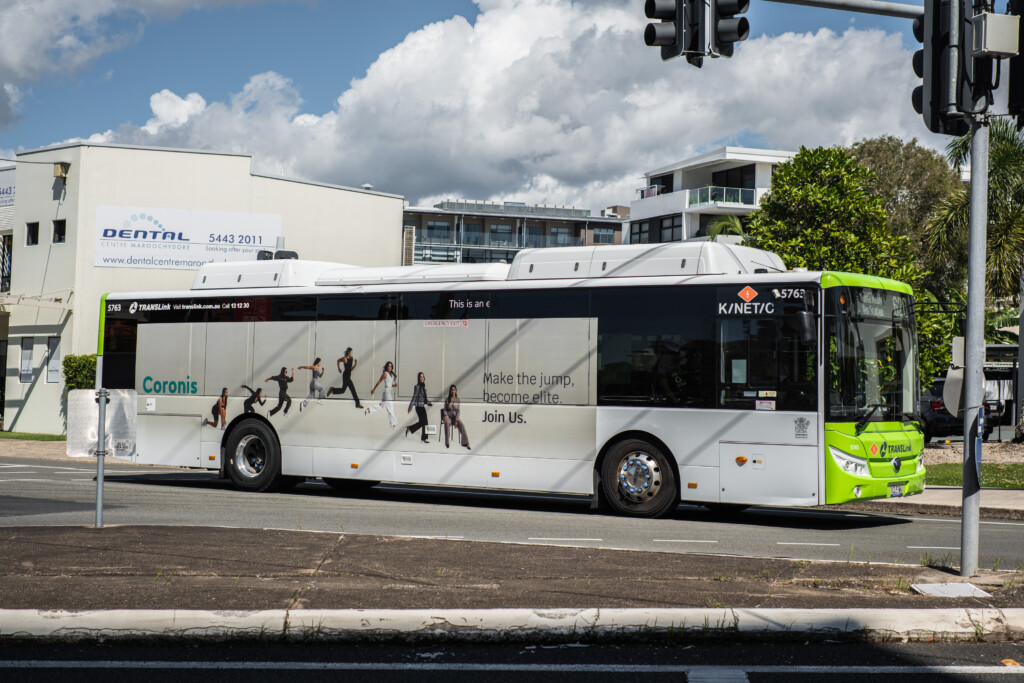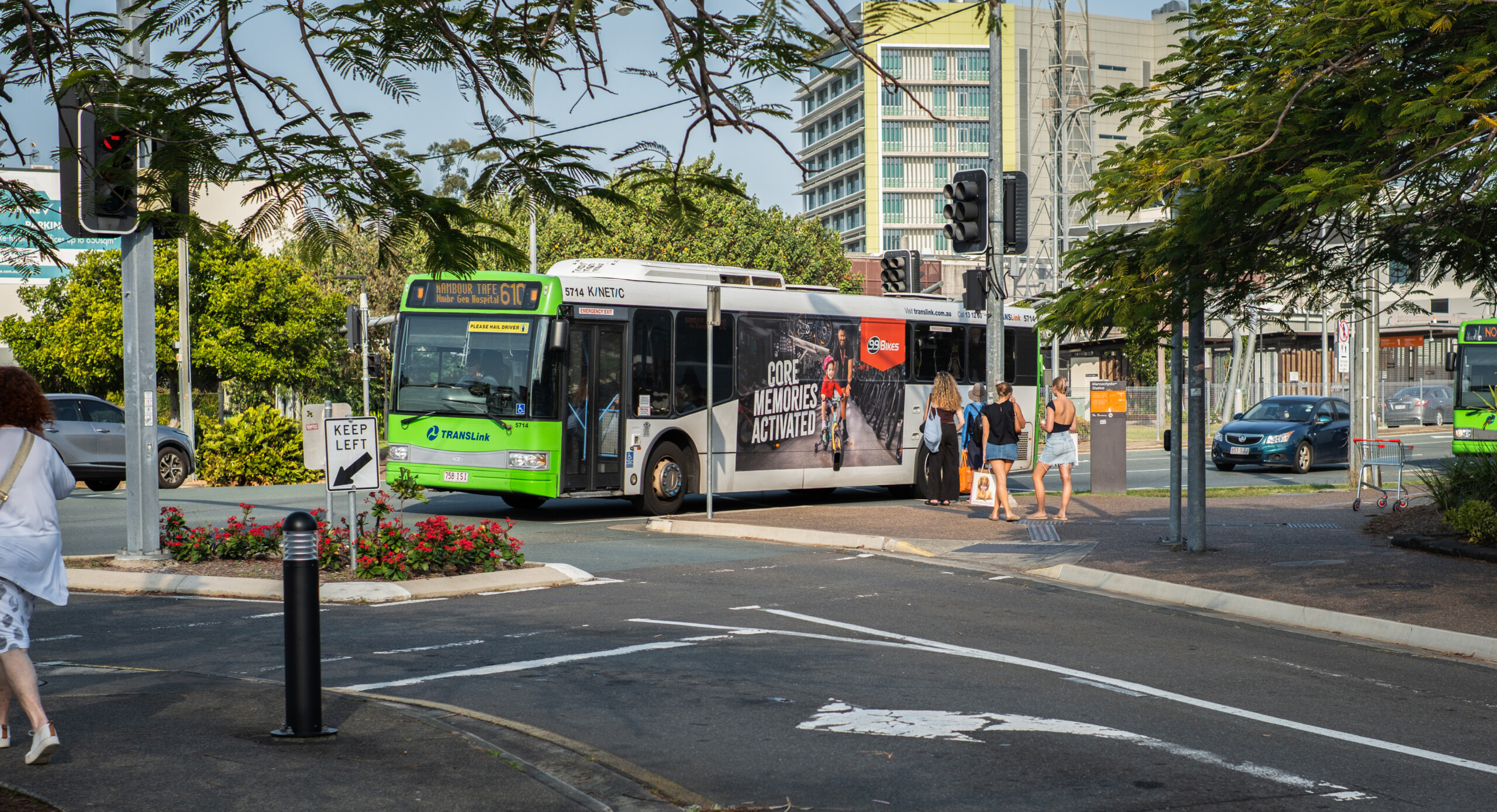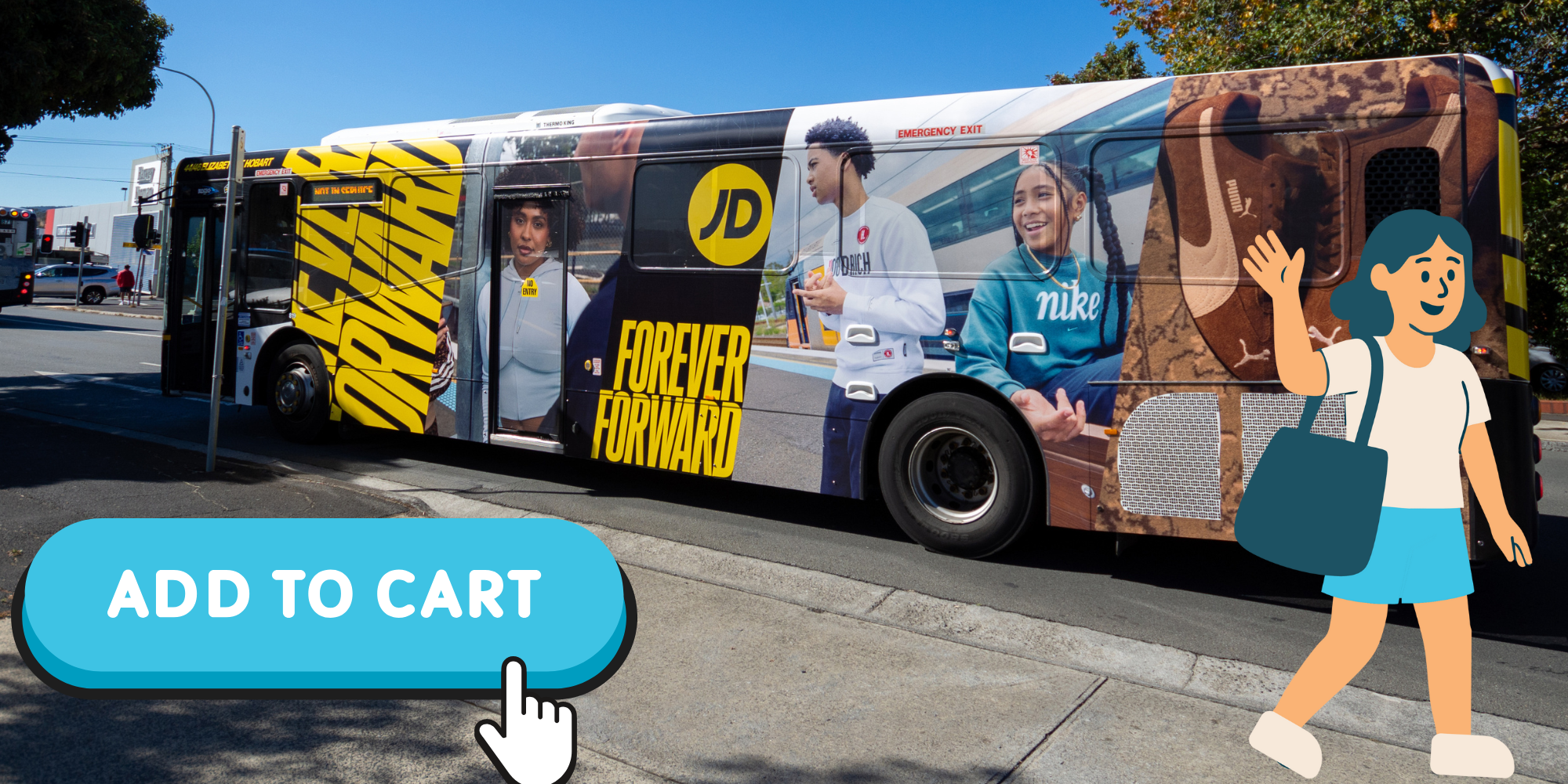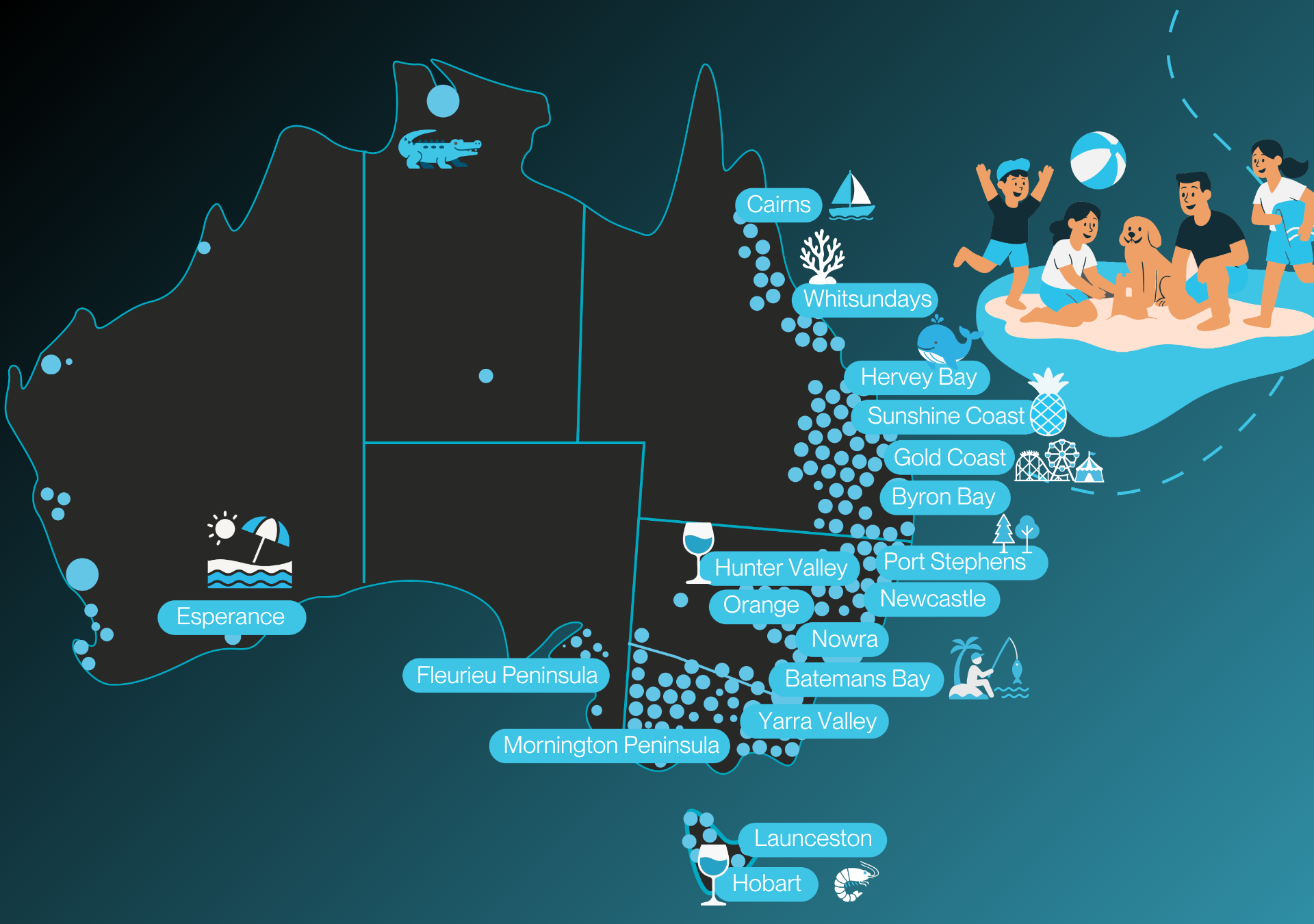Transit advertising puts your brand in motion—literally—delivering unskippable, high-attention reach across busy streets, CBDs, and suburbs while boosting search, social, and in-store results. Backed by industry measurement and real case studies, it’s a cost-efficient way to turn everyday journeys into everyday impressions (and customers).
Want an out-of-home (OOH) tactic that reaches real people in real places—without getting skipped? Transit advertising (on buses, light rail and taxis) delivers attention, scale and measurable impact. Here’s 7 reasons why it deserves a seat in your media mix.
1. Proven, Australia-wide audience measurement
Transit isn’t guesswork; and if you believe it’s ‘spray and pray’ you might need a refresher course. Australia’s OOH industry measures audiences nationally through MOVE (Measurement of Outdoor Visibility and Exposure), covering metro and regional areas with hour-by-hour data across all formats including transport. The 2025 MOVE 2.0 upgrade adds richer seasonality and granularity, improving confidence for planners.
GoTransit is also the first to bring out TransitIQ; using real-time location and behavioural data from 18 million devices. With over 7,000 enriched audience attributes covering ABS demographics, purchase behaviours, and lifestyle signals you can target, track, and measure your campaign with confidence.
Gone are the days of guessing; we have the data that backs our strategy.
2. It commands attention (which drives outcomes)
Large-format OOH consistently wins more viewable attention than many digital channels. Recent “Attention Dividend” research (Lumen + Ocean Outdoor) found premium OOH attracts ~5× more attention than online display, with higher ad recall and choice metrics. Attention is a leading indicator of effectiveness so formats that earn it are valuable.
3. Unskippable and action-oriented
OOH meets people in motion, at kerbside distance; no ad blockers in sight. And people act on it: a recent study we conducted with Flight Centre found that over 43% of viewers who saw the ad acted (and 28% visited the website).
4. It sparks mobile search… and purchase
Everyone walks around with the world in their pockets, and as soon as curiosity rises, they are googling.
Mobile searches sparked in OOH locations are 38% more likely to lead to a purchase than searches at home, according to the multi-partner Point of Search study (JCDecaux, Global, Clear Channel, Posterscope). For transit campaigns with location cues (stops, routes, nearby venues), that’s a powerful path-to-purchase.
5. Cost-Effective CPMs
Compared to many digital and traditional channels, transit advertising often delivers a lower or highly competitive cost-per-thousand (CPM) because one placement generates repeated, daily exposures along busy routes for weeks at a time. You’re buying days of visibility in busy streets not fleeting seconds in a feed.
6. Massive Daily Reach
Transit ads ride straight through the busiest parts of people’s lives: CBDs, suburbs, and event precincts so you’re meeting audiences where movement is highest. Australia’s upgraded OOH measurement system, MOVE 2.0, reports out-of-home reaches 97% of Australians 14+ each week, connecting with 22M+ people who make ~95 million trips every day across metro and regional areas. That’s not just “passing traffic”; it’s sustained, daily mobility you can plan against.
Because transit routes repeat along the same corridors, your message is encountered multiple times on the same commute compounding recognition and recall.
7. Sustainable Momentum
Modern fleets are rapidly decarbonising, which lifts the inherent sustainability of transit media.
NSW is executing a multi-billion-dollar program to transition more than 8,000 buses to zero-emission technology, with Greater Sydney targeted to run on renewables by 2035 and multiple depots being converted now. Queensland’s Zero Emission Bus Program targets a 50% emissions cut by 2030 and 80% by 2035, while Victoria has mandated that all new public transport buses ordered from 1 July 2025 must be zero-emission—backed by statewide trials.

Sources
- Outdoor Media Association. (2025). MOVE — Audience Measurement. moveoutdoor.com.au
- Outdoor Media Association. (2025). MOVE — What it measures (coverage & granularity). moveoutdoor.com.au
- Mi3 Australia. (2025, August 5). MOVE 2.0 launches with synthetic audience of 2M Australians, bringing seasonality and granularity. Mi-3
- Outsmart (UK). (2025). The Attention Dividend: Premium large-format DOOH commands 5× more attention than digital channels. Outsmart Out of Home Ltd
- Ocean Outdoor & Lumen Research. (2025). The Attention Dividend (study overview). Ocean Outdoor
- OAAA & Morning Consult. (2023, March). Out of Home Advertising Study (PDF). oaaa.org
- JCDecaux UK. (2023). Collaborative research study “The Point of Search” (announcement). jcdecaux.co.uk
- The Flight Centre Case Study. (2023). GoTransit Media Group / Rapid Media / Flight Centre: The Power of Regional Transit Advertising – High Velocity, High Impact. Flight Centre – GoTransit
- Transport for NSW. (2025). Zero Emission Buses — program overview (multi-billion-dollar transition of 8,000+ buses). Transport for New South Wales
- Queensland Government. (2025). Zero Emission Bus Program (targets: 50% emissions reduction by 2030; 80% by 2035). Queensland Government
- Victorian Government. (2025, Mar 19). Zero Emissions Bus Trial and Transition Plan (policy: all new public transport buses ordered from 1 July 2025 must be zero-emission). Victorian Government

Have a question about something in this story?
Send us a message or have a chat to our friendly team.
Get in touch








